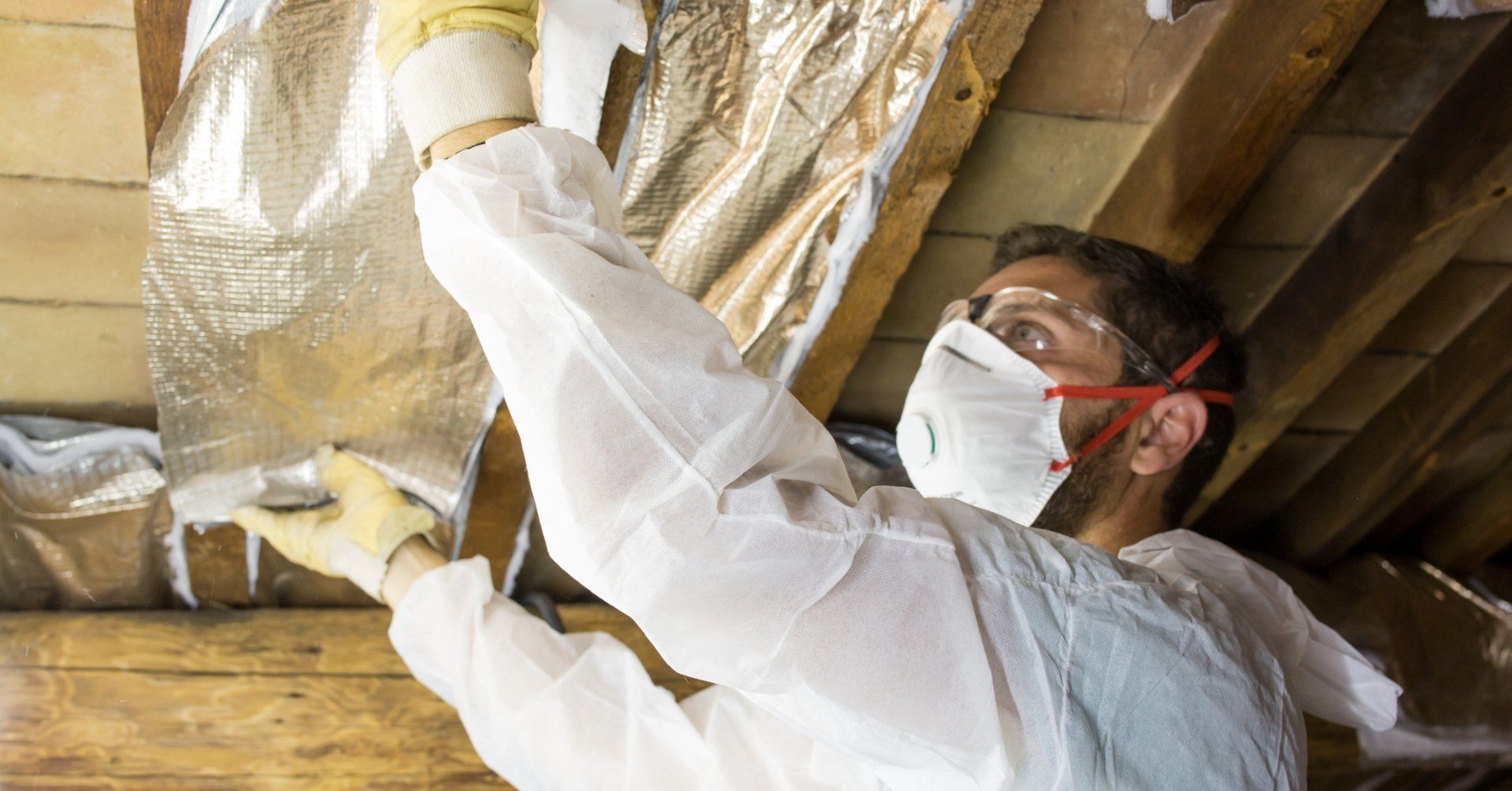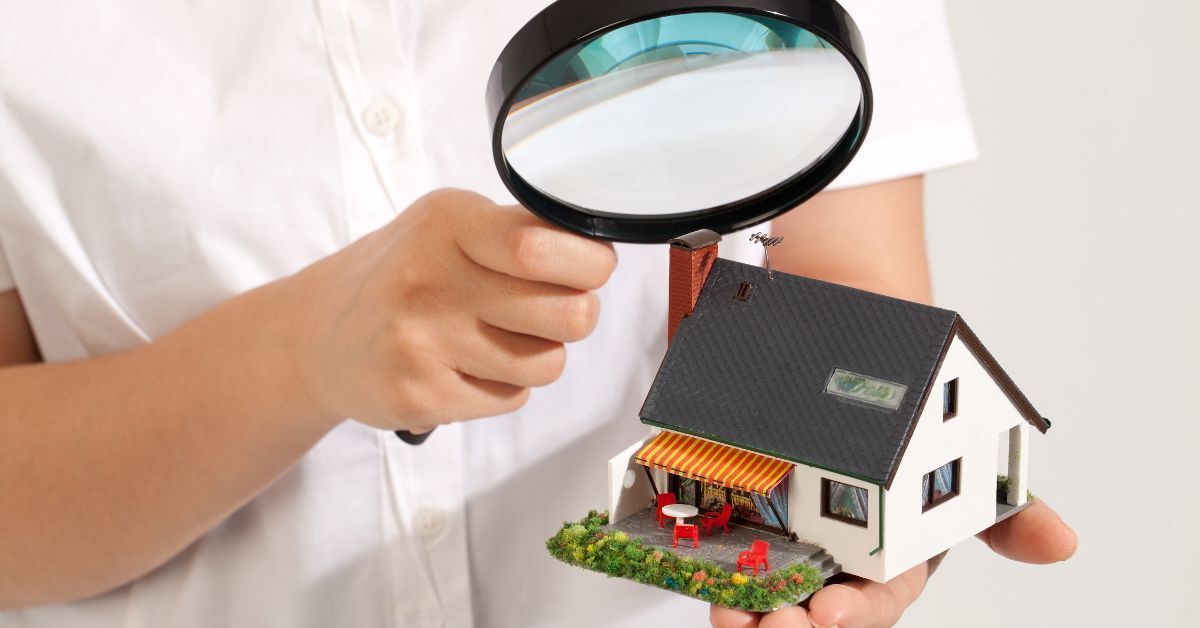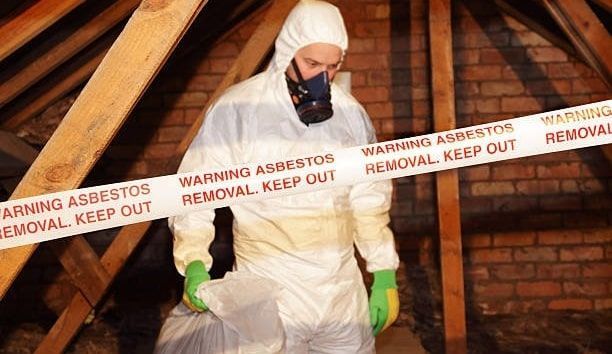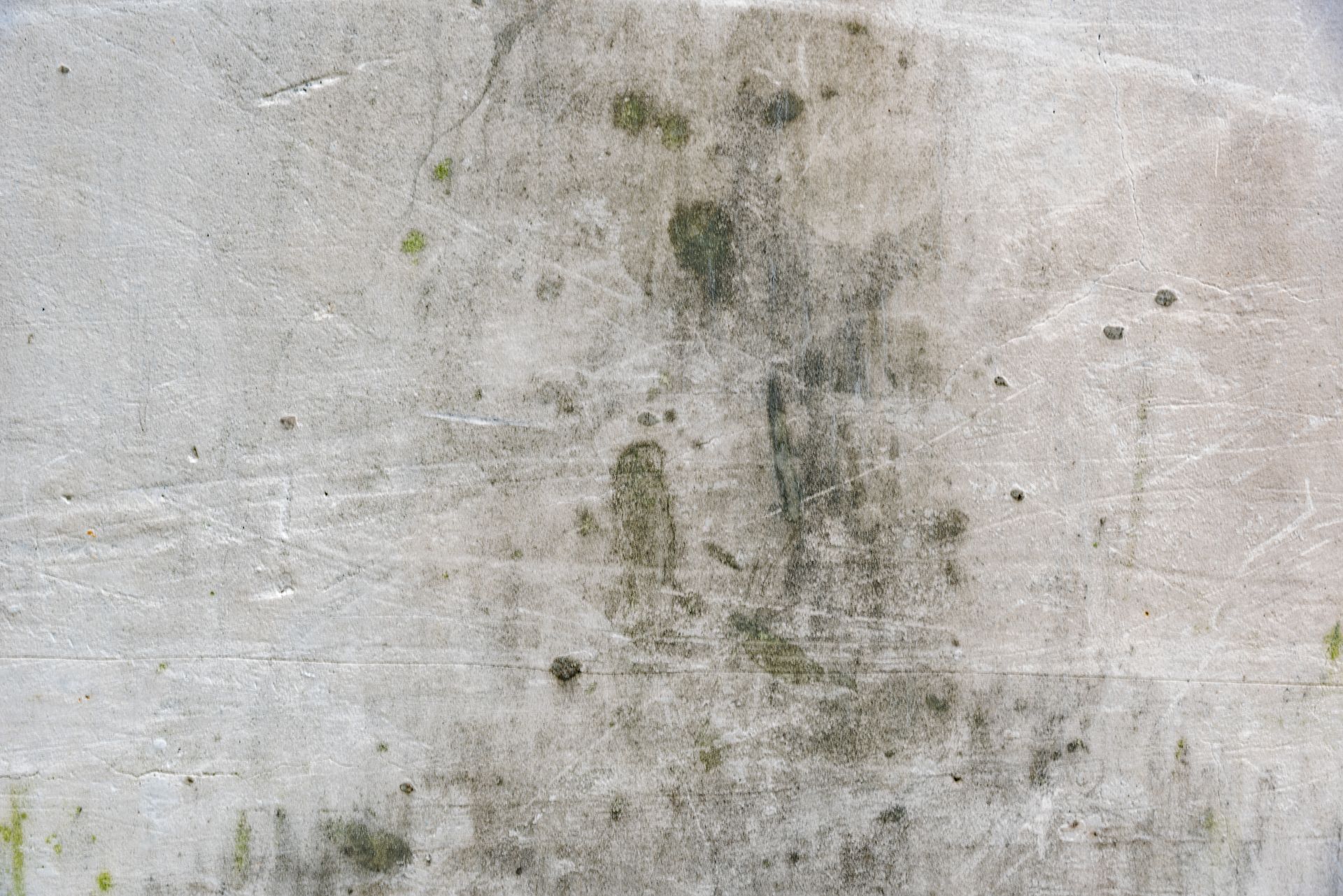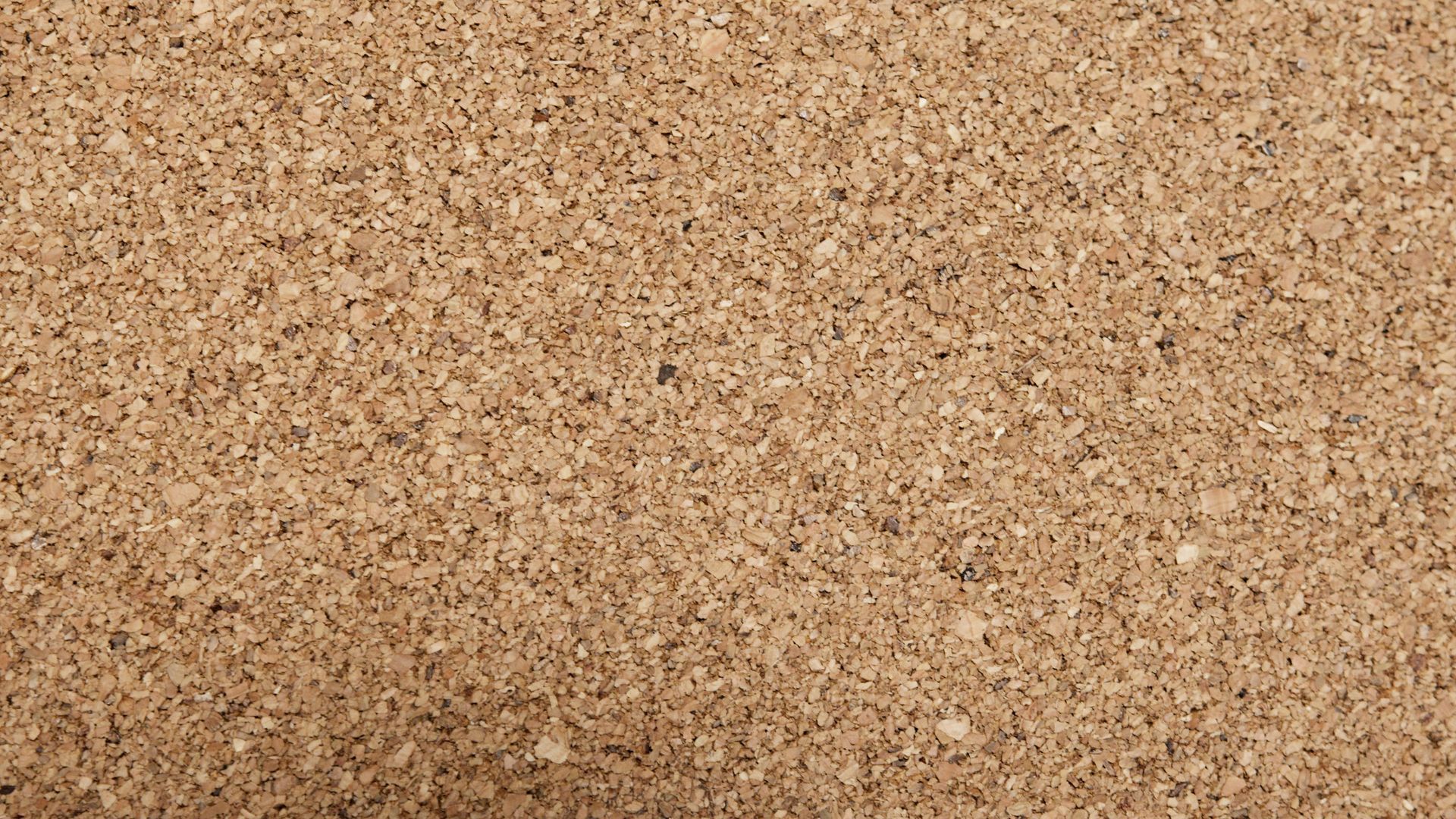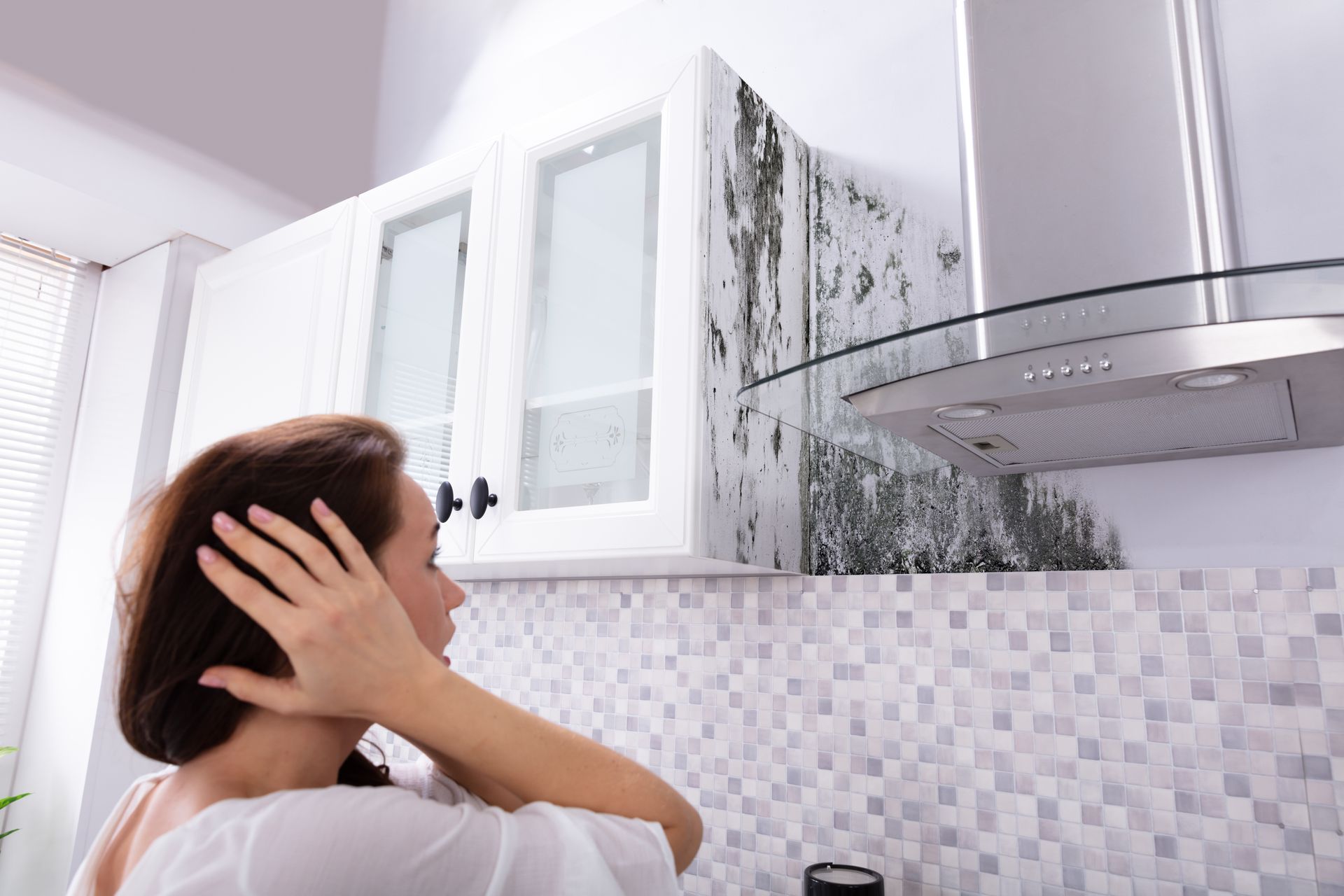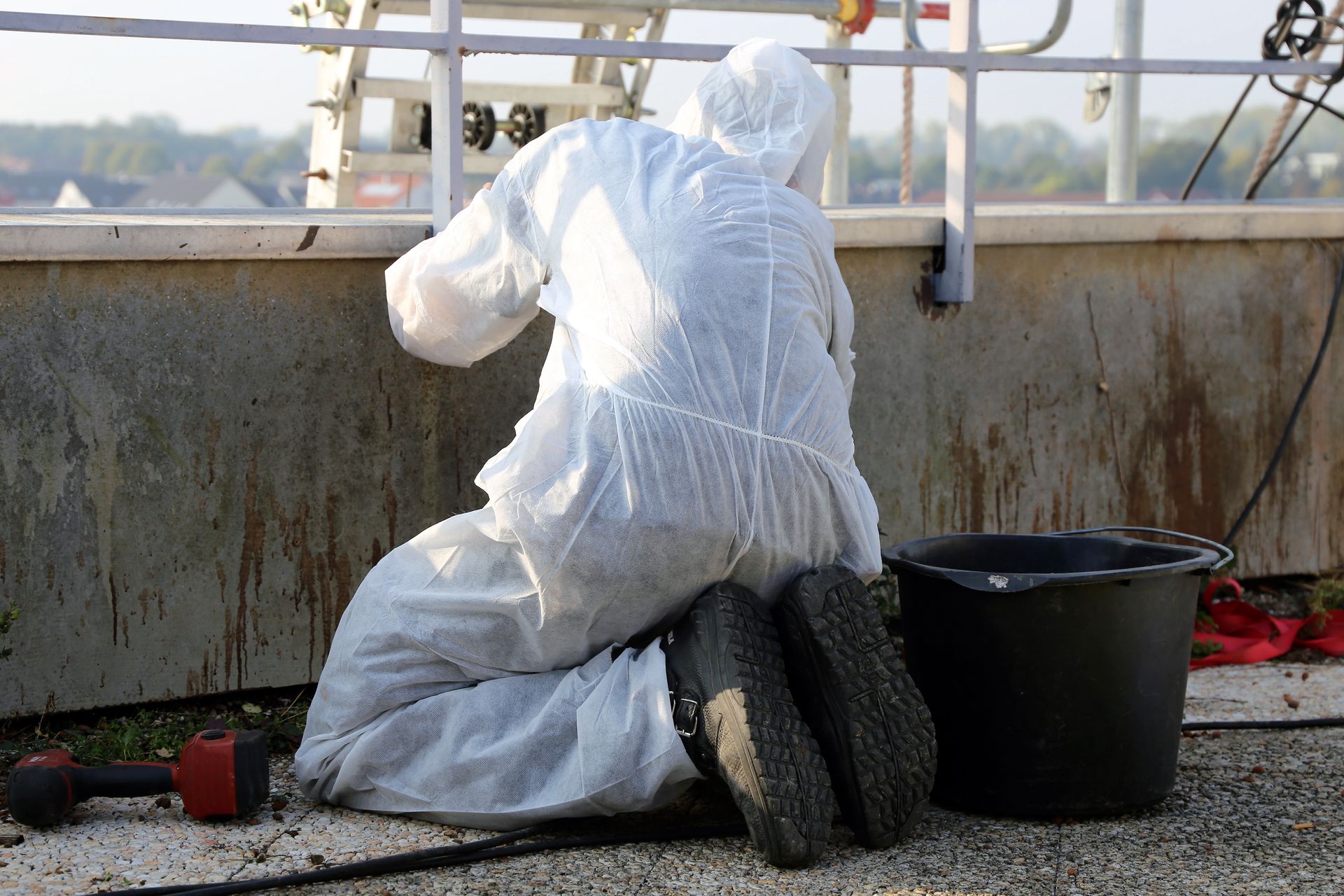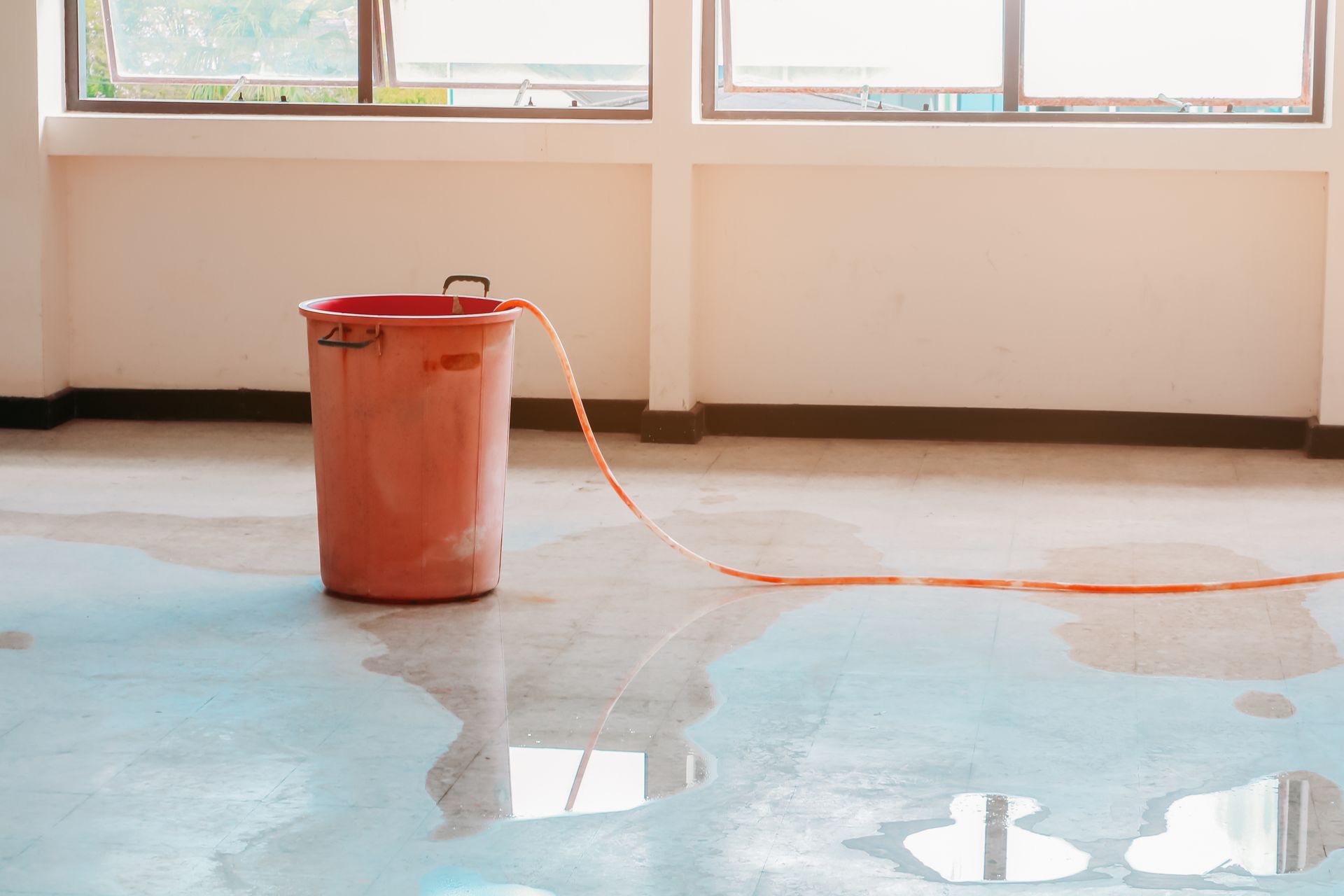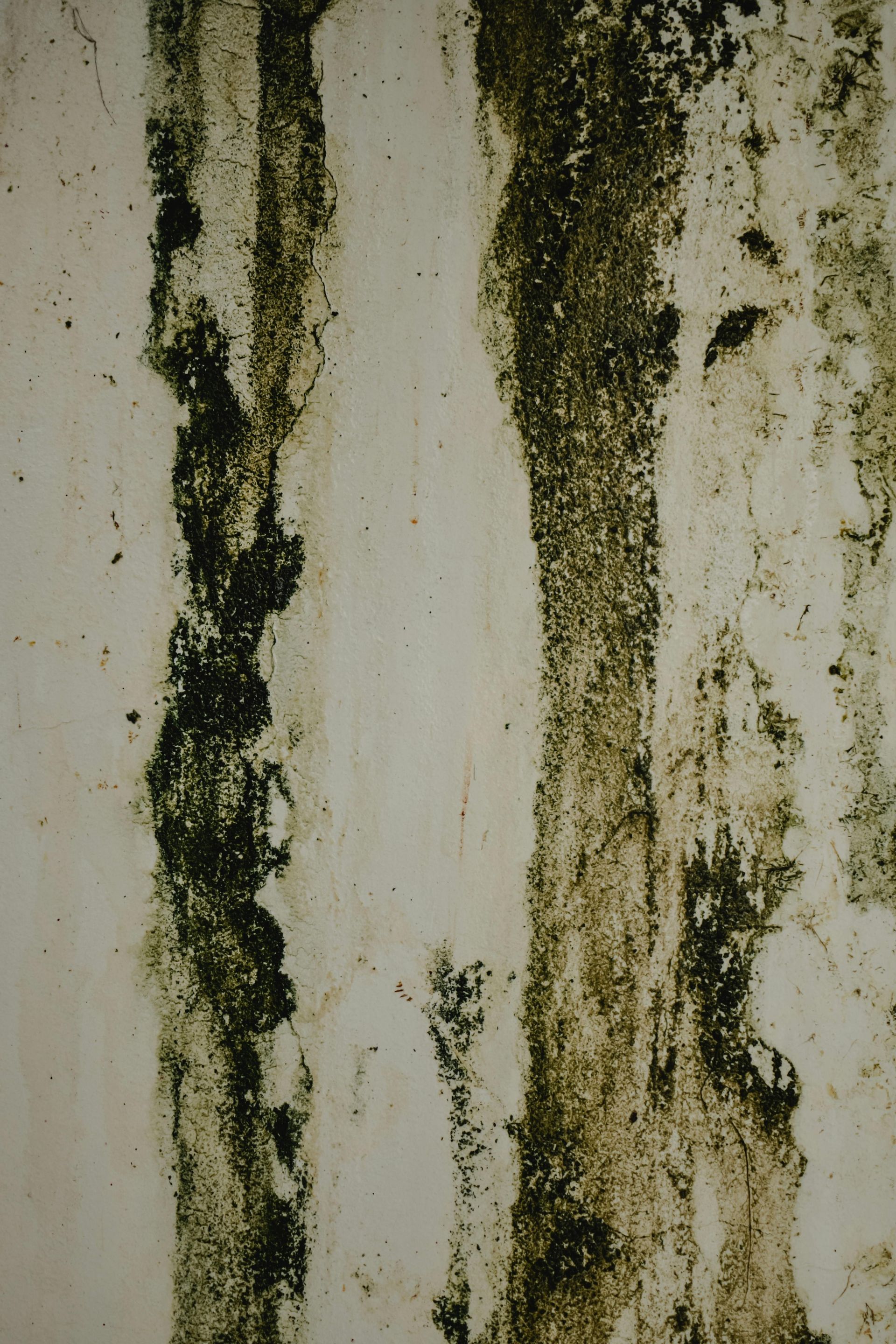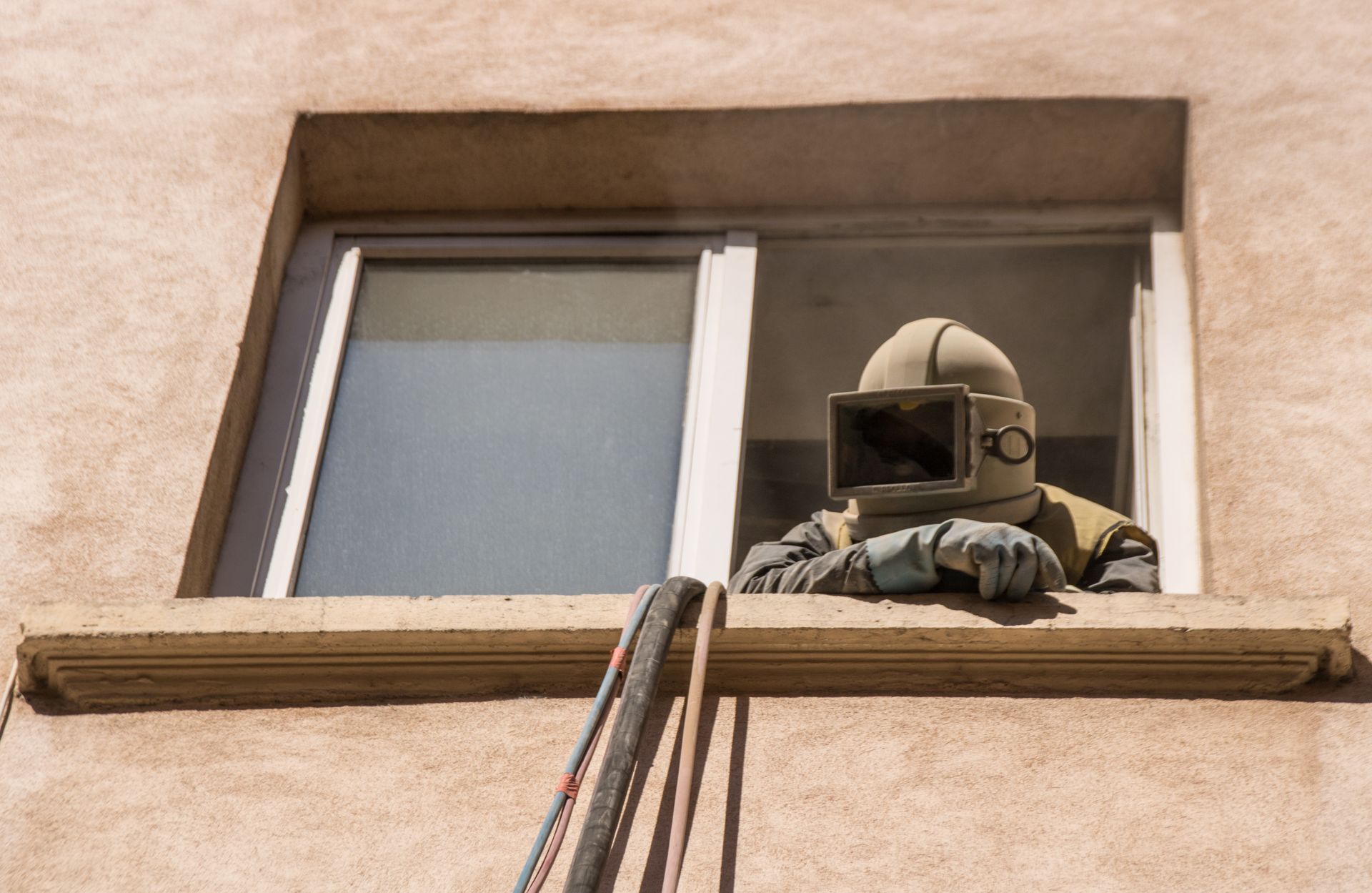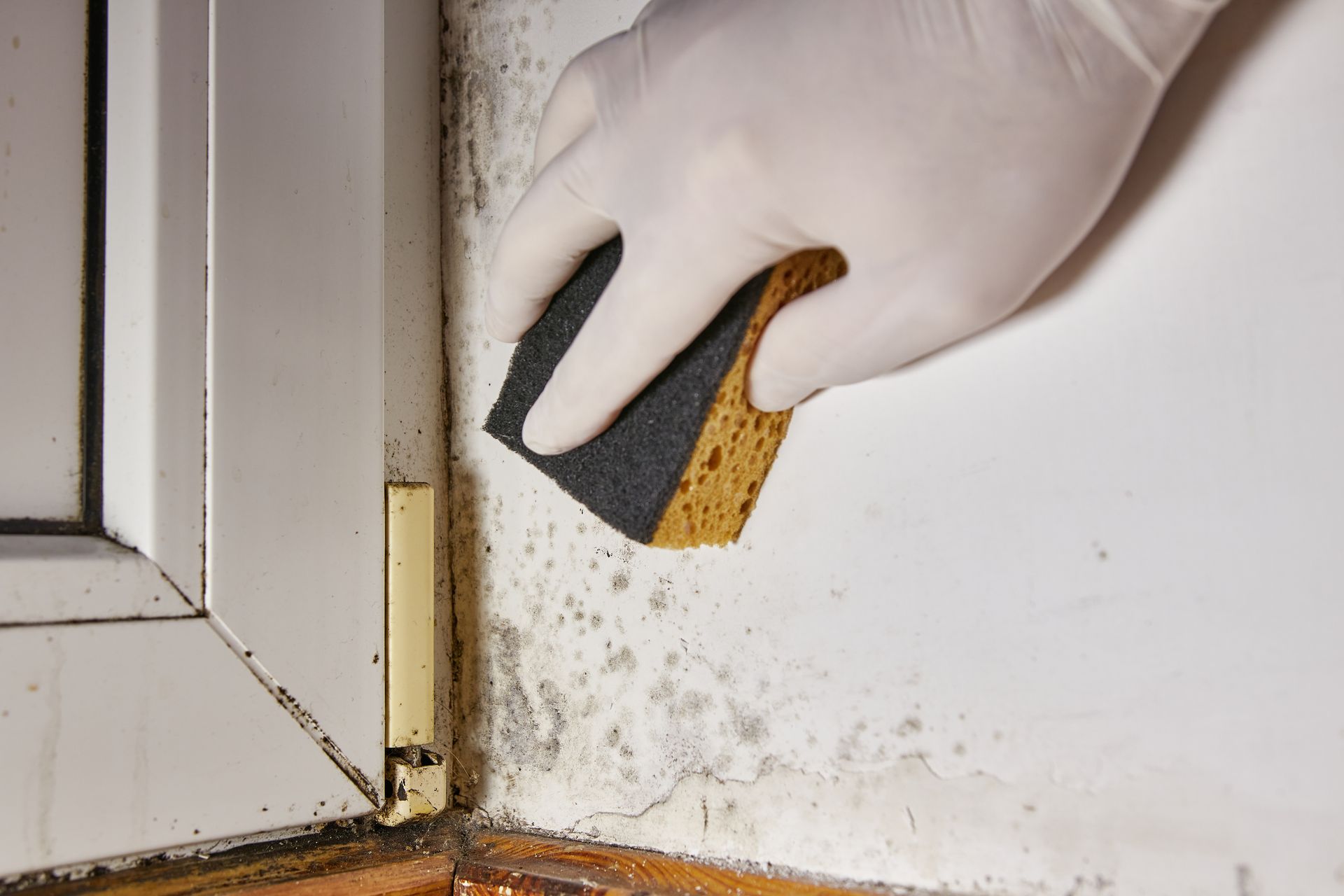Different Types Of Mold Testing And Inspection Methods
Are you worried about the presence of mold in your home? Do you feel like it is making its way inside and spreading every day? If your answer to these questions is yes, then it’s time to get a mold test and inspection. Mold testing and inspection are an important part of making sure that all traces of hazardous mold are identified and removed from your home. Mold can have serious health implications if left unchecked, so it is important to get a mold test done as soon as possible.
In this article, we will discuss the different types of mold testing and inspection methods available to identify any potential issues in your home. We’ll also explore why a professional is needed to complete the tests and inspections, as well as what you can expect in terms of results. So, if you’re feeling worried about mold growth in your house and want to get to the bottom of it, read on!
Blurred Lines
1. Visual Inspection
One of the most common mold testing and inspection methods is a visual inspection. This involves carefully examining the surfaces of a building for mold growth.
If mold is present, it will usually appear as a patch of dark or discolored growth. In some cases, mold may also produce musty odors. Visual inspection is generally considered to be the most reliable method for detecting mold growth, as it does not require any special equipment or training.
However, it is important to note that mold can sometimes be hidden from view, so this method is not always foolproof. As such, it is often used in conjunction with other methods, such as air quality testing.
2. Tape Lift
There are a variety of mold testing and inspection methods available to identify the presence of mold in a home or office environment. One such method is known as a tape lift. This involves using clear adhesive tape to collect a sample of mold from a surface.
The tape is then sent to a laboratory for analysis. Tape lifting is considered to be a relatively accurate and non-destructive method of mold testing, making it ideal for use in occupied buildings. However, it should be noted that tape lifts can only be used to test for the presence of mold, and not to identify the type of mold present.
For this reason, other methods, such as air sampling, may also be used in conjunction with tape lifts to provide a complete picture of the extent of mold growth in a building.
3. Swabbing
Swabbing is a common mold testing and inspection method. A swab is a small cotton or polyester pad that is attached to the end of a stick. The swab is then used to collect a sample of mold from the surface of an object.
Once the swab has been collected, it can be sent to a laboratory for analysis. Swabbing is considered to be a relatively accurate way to test for the presence of mold.
However, it is important to note that swabbing can only be used to test for the presence of mold on surfaces. It cannot be used to test for airborne mold spores.
4. Air Sampling
Air sampling is the most common type of mold testing and inspection. It involves taking a sample of air from the area where mold is suspected and sending it to a laboratory for analysis.
The advantage of air sampling is that it can be done quickly and easily, and it can provide valuable information about the type and concentration of mold present. The downside is that air samples can be affected by a variety of factors, such as ventilation, temperature, and humidity.
As a result, they may not always accurately reflect the level of mold present in an environment.
5. Bulk Sample Analysis
Bulk Sample Analysis is a type of mold testing that involves taking a sample of the contaminated material and sending it to a laboratory for analysis. This method is often used to confirm the presence of mold when visible mold growth is present, or when there is a strong musty odor present.
Bulk Sample Analysis can also be used to identify the type of mold present and to determine the extent of the contamination. The advantage of this method is that it can provide definitive results; however, the disadvantage is that it requires the use of specialized equipment and trained personnel, and it can be expensive.
6. Moisture Meter Inspections
Moisture Meter Inspections are one of the most common types of mold testing and inspections. This method is often used in conjunction with other methods, such as visual inspection, to confirm the presence of mold.
Moisture meters are used to measure the moisture content of materials, such as drywall, insulation, and carpet. The results of a moisture meter inspection can help to identify areas that are at risk for mold growth. In general, mold thrives in moist environments, so the higher the moisture content of a material, the greater the risk for mold growth.
Moisture meter inspections can be performed using either contact or non-contact moisture meters. Contact moisture meters require physical contact with the material being tested, while non-contact moisture meters use sensors to measure the moisture content of the air around the material.
7. Thermal Imaging Cameras
Thermal Imaging Cameras are a type of mold testing and inspection method that can be used to find hidden leaks, measure moisture levels in building materials, and detect the presence of mold.
Thermal cameras work by detecting infrared radiation, which is emitted by all objects in the form of heat. By creating an infrared map of an area, thermal imaging can help to identify areas of high moisture content that may be at risk for mold growth.
In addition, thermal cameras can also be used to detect the presence of mold spores in the air, making them an essential tool for both mold prevention and remediation.
8. Confined Space Entry
One of the most important mold testing and inspection methods is Confined Space Entry. This type of testing is used to determine if there is a potential for exposure to hazardous levels of mold spores in an enclosed area.
The test involves taking samples of air from the confined space and analyzing them for mold spores. If the level of mold spores in the air is found to be above the safe limit, then the area is considered to be a hazard and should be avoided.
While this type of testing can be time-consuming and expensive, it is often necessary in order to protect workers from exposure to harmful mold spores.
Mold testing and inspection is an important process that can help to identify and prevent dangerous levels of mold growth. While there are a variety of methods available for conducting mold testing and inspections, each method has its own advantages and disadvantages. It is important to consider the specific needs of your environment when selecting which type of test or inspection is best for you. By utilizing these mold inspection and testing methods, you can help to ensure a safe and healthy environment for your family and employees. With the right approach and the appropriate equipment, you will be able to keep your home or business free from harmful levels of mold.
Appoint our experts at
Hathaway Environmental today to ensure a safe and healthy environment for you and your family. With our comprehensive mold inspection, testing, and removal services, you can be confident that your home or business is free of dangerous levels of mold growth.
Call Hathaway Environmental today at
(216)-538-8355 for a free estimate and take the first step towards a healthier, safer environment. With our mold and asbestos removal services, you can feel confident that your home or business is safe from dangerous levels of mold growth. Don't wait to protect yourself and your loved ones - contact us now.
